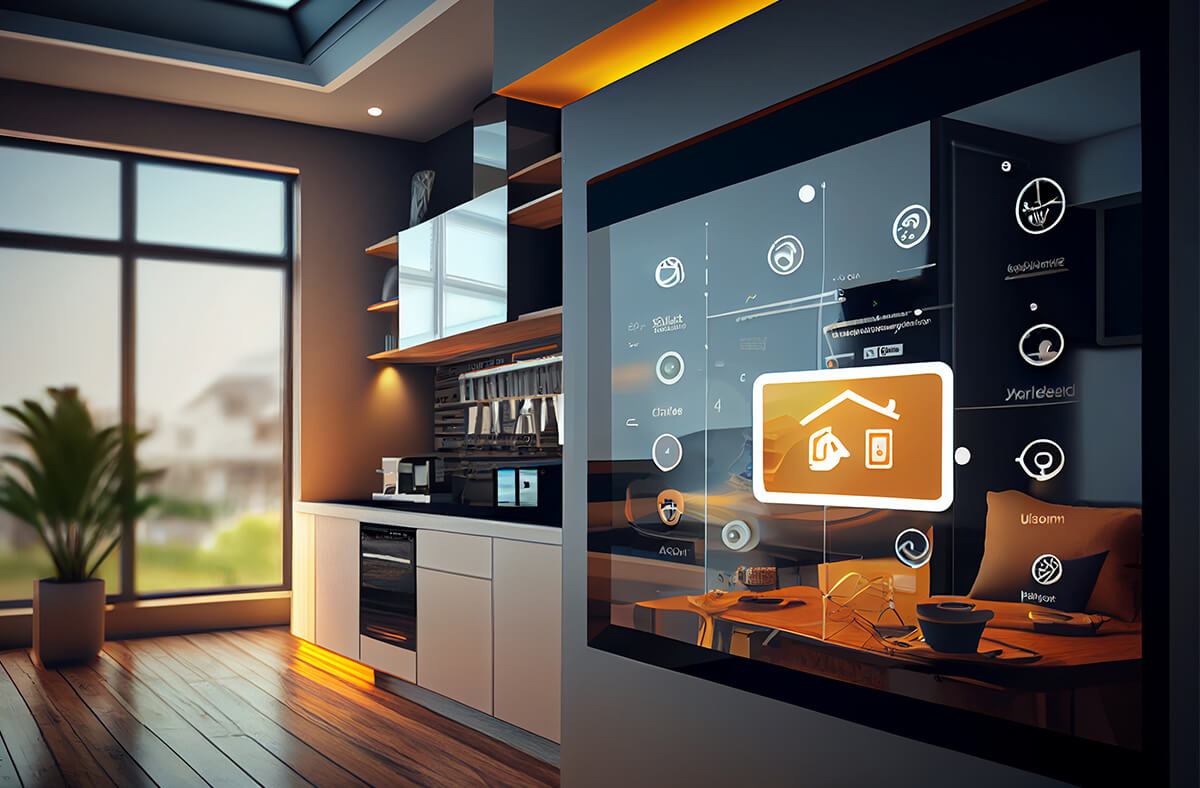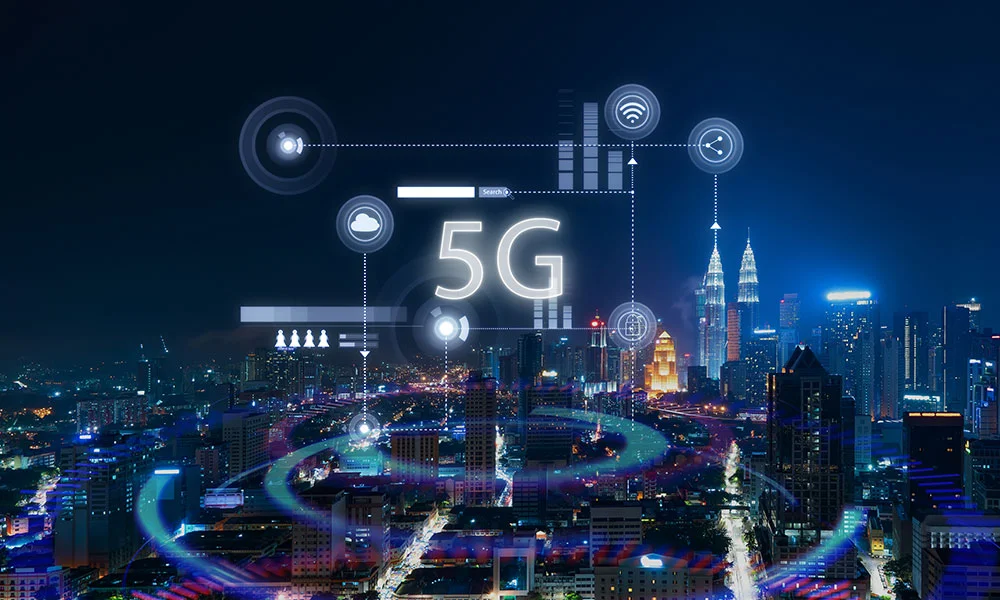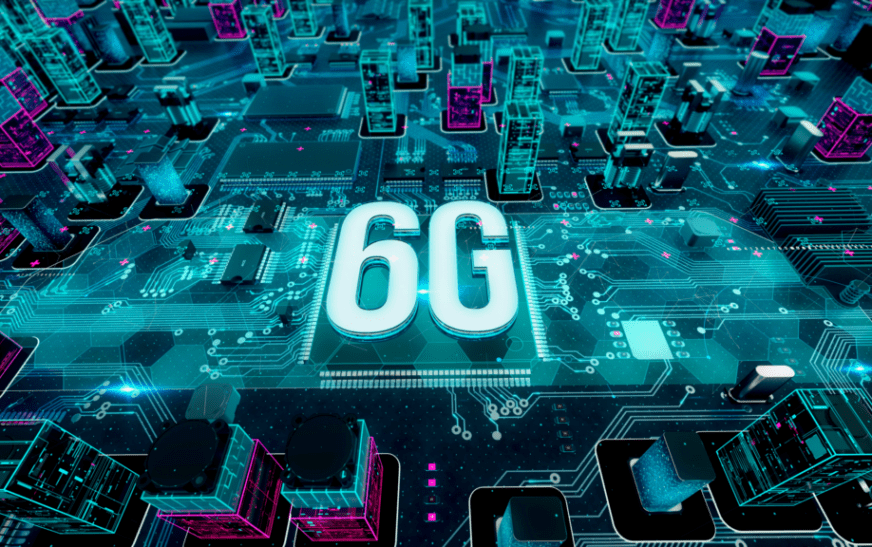Edge Computing with 5G
The digital landscape is rapidly evolving, and two powerful technologies are at the forefront of this transformation: Edge Computing and 5G. Imagine a world where data processing happens closer to its source, enhancing speed and efficiency like never before. As we embrace this new age of connectivity, businesses can harness these innovations to unlock unprecedented opportunities.
Edge computing brings data processing nearer to devices rather than relying solely on distant cloud servers. When combined with 5G’s lightning-fast network capabilities, it creates a synergy that promises remarkable advancements across various industries. Whether it’s smart cities optimizing traffic flow or healthcare systems enabling real-time patient monitoring, the possibilities are endless.
Curious about what lies ahead? Let’s dive into how edge computing with 5G is reshaping our technological future.

Understanding Edge Computing and 5G
Edge computing refers to processing data close to its origin rather than relying on centralized cloud servers. This approach reduces latency and bandwidth usage, allowing for faster responses in real time.
5G is the fifth generation of mobile networks, designed to offer ultra-fast speeds and low latency. It enables devices to communicate seamlessly, elevating the Internet of Things (IoT) experience.
When edge computing meets 5G technology, a powerful combination emerges. Data flows more efficiently between devices and applications, resulting in quicker decision-making processes.
This synergy supports various applications from autonomous vehicles that require instant feedback to smart manufacturing systems needing real-time monitoring. With these technologies working together, industries are set for unprecedented advancements that can reshape how we interact with our digital world.
Benefits of Combining Edge Computing and 5G
The fusion of edge computing with 5G technology unlocks a multitude of advantages. First, it significantly enhances data processing speed. With data handled closer to its source, latency is dramatically reduced.
This synergy also optimizes bandwidth usage. Instead of sending vast amounts of information back and forth to centralized servers, only crucial data is transmitted over the network. This efficiency boosts overall system performance.
Moreover, combining these two technologies creates new possibilities for real-time analytics. Businesses can make instant decisions based on live data feeds, fostering agility in operations.
Security improves as well; sensitive information can be processed locally rather than relying solely on cloud storage. This localized approach minimizes exposure to potential breaches.
It paves the way for innovative applications across various sectors like healthcare and autonomous vehicles. The collaboration between edge computing and 5G truly transforms how we leverage technology today.

Real-World Applications of Edge Computing with 5G
Edge computing paired with 5G is revolutionizing various industries. In smart cities, real-time data processing enhances traffic management systems. This leads to smoother commutes and reduced congestion.
Healthcare also benefits significantly from this technology combo. Remote patient monitoring applications rely on instant data analysis, allowing physicians to respond promptly to emergencies or changing conditions.
In manufacturing, edge computing with 5G enables predictive maintenance of machinery. Sensors gather crucial performance metrics, sending alerts before failures occur. This minimizes downtime and reduces operational costs.
Moreover, the entertainment sector sees enhanced experiences through augmented reality (AR) and virtual reality (VR). Low latency provided by 5G allows for seamless streaming in immersive environments.
Retail businesses are leveraging this synergy too. Customer behavior can be analyzed instantly at the edge, delivering personalized shopping experiences that boost satisfaction and loyalty. Each application showcases the transformative power of bringing data processing closer to its source.
Challenges and Limitations of Implementing Edge Computing with 5G
Implementing edge computing with 5G is not without its hurdles. One significant challenge lies in infrastructure. Many regions still lack the necessary physical installations to support seamless integration.
Security concerns also loom large. With data processed closer to the source, vulnerabilities may arise at various points along the network. Ensuring robust security measures becomes crucial.
Additionally, latency issues can emerge during high-demand periods. While 5G aims for low latency, real-world conditions can interfere with performance consistency.
Scalability presents another obstacle. Businesses must balance their immediate needs with future growth potential when adopting this technology. As they expand, ensuring that their edge solutions grow seamlessly becomes vital for success and efficiency.
The Future of Edge Computing and 5G
The future of edge computing with 5G is poised for transformative changes. As devices become smarter, the demand for real-time data processing will surge. This synergy enables faster decision-making and enhances user experiences across industries.
Imagine autonomous vehicles communicating seamlessly with nearby sensors and infrastructure. Enhanced connectivity will ensure safety and efficiency on roads.
Healthcare also stands to benefit immensely. Remote surgeries could occur without latency issues, enabling specialists to operate from anywhere in the world.
Businesses can leverage this technology for predictive analytics, reducing downtime by addressing potential failures before they happen.
Moreover, smart cities will flourish through improved traffic management systems that adapt dynamically based on current conditions.
As we advance into this new frontier, collaboration among tech companies, governments, and researchers will be crucial in unlocking its full potential while ensuring security and privacy remain prioritized.
How to Get Started with Edge Computing and 5G
Starting with edge computing and 5G begins with understanding your specific needs. Assess the applications that require low latency and real-time data processing. This step is crucial.
Next, invest in the right infrastructure. Collaborate with telecom providers to ensure robust 5G connectivity at your location. Purchase or upgrade hardware capable of supporting edge devices.
Then, focus on security measures. Edge computing comes with unique vulnerabilities due to its distributed nature; therefore, implement strong cybersecurity protocols.
Explore partnerships for software solutions tailored for edge computing environments. These tools can help you manage data flow efficiently between devices and cloud services.
Consider pilot projects before a full-scale rollout. Testing different scenarios will help refine your approach and adapt strategies based on practical insights gained during initial implementations.
Conclusion
Edge computing and 5G are two transformative technologies reshaping how we interact with the digital world. By bringing data processing closer to its source, they address latency issues and enhance real-time data analysis. The combination of these technologies offers remarkable benefits, from improved efficiency in smart cities to enhanced experiences in augmented reality.
However, like any innovation, challenges exist. Infrastructure requirements and security concerns must be tackled head-on for broader adoption. As industries continue to explore edge computing with 5G, exciting applications will emerge across various sectors.
Getting started may seem daunting but can begin with small pilot projects that leverage existing resources while exploring strategic partnerships for wider implementation. Embracing this technological evolution could lead businesses into a new realm of possibilities where speed is critical.
The future looks bright as more organizations recognize the potential of edge computing combined with 5G technology. It’s an era filled with opportunities waiting to be harnessed by forward-thinking entities ready to adapt and innovate in their respective fields.






